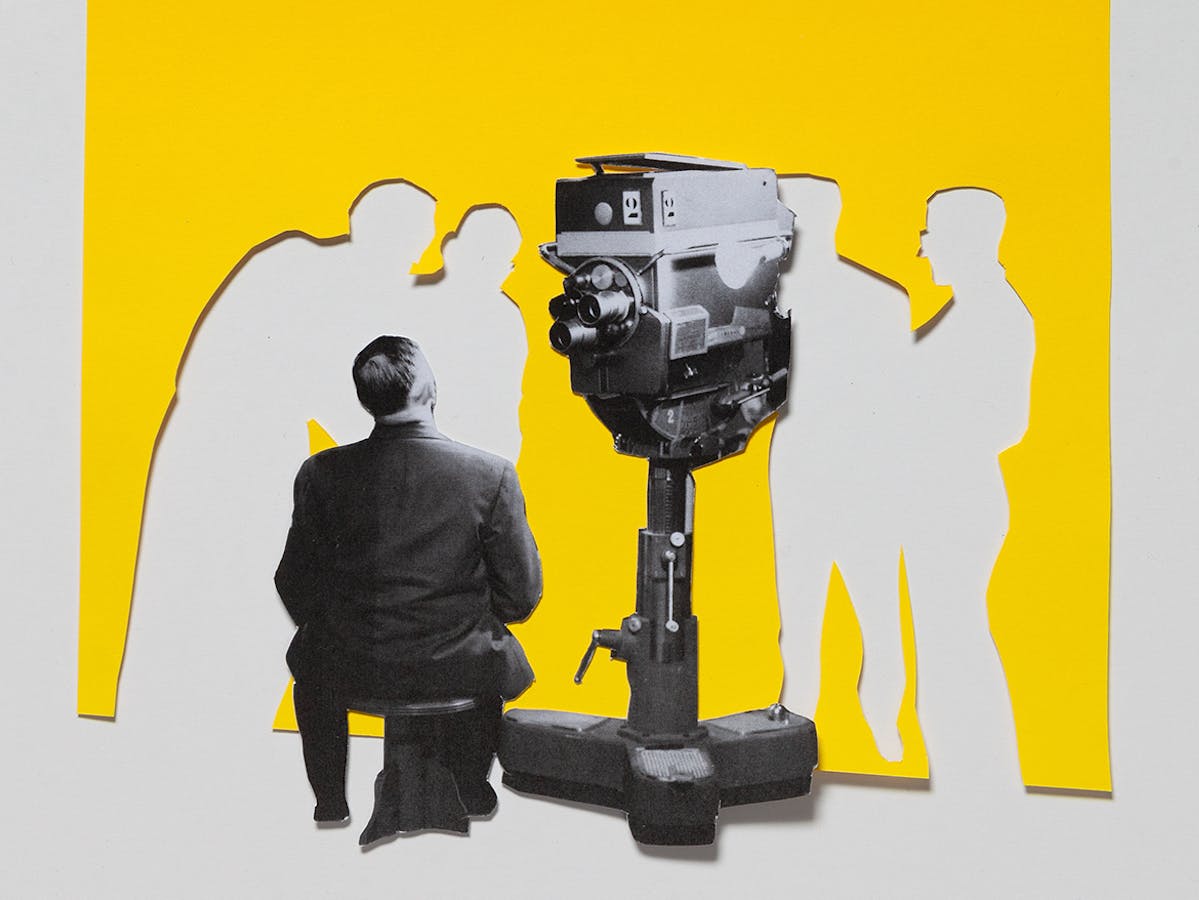
Not only dyes, chemicals and medicines were produced in Klybeck. Patents, semi-finished projects or prototypes were also acquired, developed and, where applicable, put into production in Klybeck or at other company sites.
Many of these products not only went around the world, but as far as the moon and back. One product that made a splash, for example, helped NASA’s Houston control center keep track of the Apollo 11 lunar landing mission:
“We’re in the middle of – well either … salmon salad, or something like that. That’s probably why we’re not answering you right away.”
“Okay. Well, we don’t want … ”
“My compliments to the chef, this salad is outstanding.”
“Roger. Understand, that’s the salmon salad. Over.”
“Something like that, salmon salad.”
“There we go, the salmon salad, very good.”
Buzz Aldrin’s compliments to the chef came from the Apollo 11 capsule, which had been on its way to the moon for nearly 29 hours that July 21, 1969. The mission was broadcast on more than 20 large screens at the control center in Houston.
The technology for this was supplied by Ciba in the form of the then unique Eidophor large-screen projectors.
The Eidophor system, which made it possible to transmit a television signal via a projector onto a screen – a predecessor of today’s beamers – was invented by ETH researchers Fritz Fischer and Edgar Gretener in the late 1930s and was ready for demonstration by the end of the 1950s.
On April 23, 1958, the Neue Zürcher Zeitung wrote in its technology supplement about the first public presentation of the device: “On April 11, the latest model of the Eidophor projector of Edgar Gretener AG, Zurich, was demonstrated with great success to a large circle of invited guests in the Rex cinema in Zurich. The program was recorded in the Bellerive studio and transmitted via the Uetliberg TV tower to the large screen of the Rex cinema by means of a return link. The picture quality met expectations in all respects.”
Ciba closely followed the development of the device from the beginning and took over the company after the death of the owner in late 1958.
The Eidophor system was first presented to a broad television audience on December 30, 1963. The television program Antenne reported on the use of the Eidophor at an auction held by the Basel radio station for the benefit of Pro Infirmis, a well-known Swiss foundation.
The auction took place in the courtyard of the Basel City Hall and was recorded with two cameras whose images were projected via the Eidophor system onto a 40-square-meter screen above the auctioneer, thus making the small auction items such as stamps and coins visible to the audience.
Ciba itself used the Eidophor primarily for medical training and education. For example, it allowed surgeries to be transmitted from a clinic to a university lecture hall. But it also made popular applications possible, such as broadcasting the 1960 Olympics to cinemas. This served a huge need, since only a few households owned a TV at the time.
The system continued to evolve throughout the 1960s, culminating in the simulcast of a medical education congress on early cancer detection and space medicine from the United States in 1970. In the same year, the first Eidophor color system was presented. But technical progress caught up with the device, which soon went out of fashion as lighter and handier beamers took the market by storm.










